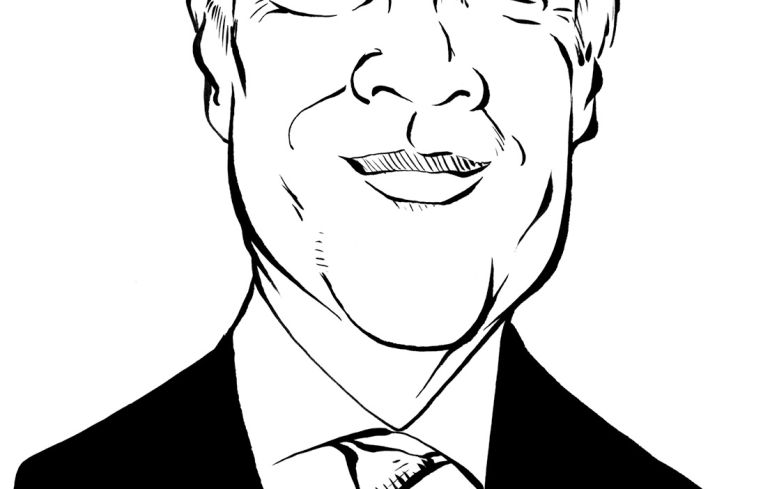Homelessness in NYC: We Can Fix This
By Dan Gorczycki June 7, 2018 2:28 pm
reprints
“We have come dangerously close to accepting the homeless situation as a problem that we just can’t solve.”—Former Governor of Hawaii Linda Lingle
How is it that we all work in the real estate industry in the greatest city in the world, but we can’t seem to solve the homeless problem locally? I walk through Times Square and Port Authority Bus Terminal twice a day, and I can assure you that homelessness has become progressively worse over the last couple of years. The official number of New York City homeless is 77,000, but it is likely double that. Has the economy gotten tougher? Is the opioid epidemic to blame? Is it now harder to qualify for Section 8 and other needs-based housing? Regardless of the reason, we have to do something.
In 2002, I had an idea to take vacant city-owned land and have developers and various trades donate their services to build a multifamily building, housing only destitute tenants in rent-free units. It was a utopian vision but the building did indeed get built with the collective genius of Helen Ng, Lance Brown, Mark Ginsberg, Tara Siegel, Rex Curry, Rick Bell, Karen Kubey, the late Margaret Helf and and countless other volunteers. Shaun Donovan of the New York City Department of Housing Preservation and Development shared our vision and found us a site in the Bronx for us to build on. The architects on our team changed the vision and decided that a “green space, sustainability and replicable, affordable design” competition would be a more achievable theme. After being on the initial steering committee, I opted to fade into the background after the goals changed, but I was pleased that so many professionals took the call to action. Rose Associates ended up winning the competition, Via Verde was built in 2006 and thrives today. The process was known as the New Housing New York Legacy Project. However, the recession of 2008 derailed replicating it in scale.
Fast-forward to 2016. Bill de Blasio unveiled the Turning the Tide program to revamp the shelter system to help the homeless. The administration was saying the right things, vowing to build 90 new shelters. Muzzy Rosenblatt of the Bowery Residents’ Committee gets high marks for taking the initiative and building Landing Road as a model project, combining a 200-bed shelter subsidized by 100 low-income apartments. However, since it is privately owned, the numbers don’t work for the city to replicate it in bulk without simultaneously overburdening taxpayers.
Here’s a refined idea:
Have the city identify existing owned multifamily buildings that are abandoned or foreclosed or commercial buildings that can easily be converted to multifamily buildings. Since they aren’t yielding tax revenues anyway, a 10-year moratorium on property taxes won’t impact the budget.
Have developers take on the project pro bono with regard to fees. This might seem Pollyanna, but I have faith that the Real Estate Board of New York could get our members to step forward and take this on. The PR effect, goodwill and intangibles would be invaluable to said developer.
Ask contractors with excess capacity to reduce their rates to aid on the project. This is clearly a big ask. The city could barter other services to partially offset the reduction while getting neighboring restaurants and retailers to further donate to these trades.
The only tenants eligible for the building have to demonstrate extreme need. Start with those that are chronically homeless. Get referrals from the local soup kitchens and shelters. Convince retailers to furnish the apartments. Get clergy, social workers, job counselors and medical workers to help the tenants after they move in.
I would leave design to the architects but my thought is a combination of “WeLive” type space where tenants share common space and micro-units (California-inspired) for those that want privacy or have special needs.
Since the city still owns the building and there are no taxes, the rent per tenant will be a fraction of what they currently pay landlords for Section 8 housing. Net result: higher-quality housing while saving the city money and getting homeless people off the streets. The city could theoretically sell the buildings with a triple tax-free incentive but I’m getting ahead of myself.
While the city already has programs in place through Turning the Tide, the “shelter only” plan is expensive and it isn’t nearly enough. Let’s deliver differently. Let’s think outside the box. Let’s start with one 150-unit building based on my refined idea. When it is a success, we can tweak the process and scale it. We owe this to our neighbors who can’t find a place to live. Let’s change their lives. New York City can be a model for other cities. I have already reached out to Bill de Blasio’s office to see how we can make this a reality. Call me with any ideas or if you would like to get involved.
Dan E. Gorczycki is a senior director in the debt, equity and joint venture structuring group for Avison Young New York.


